
Technologists around the world have long fantasized about an artificial intelligence so powerful, that it is smarter than all of humanity combined.
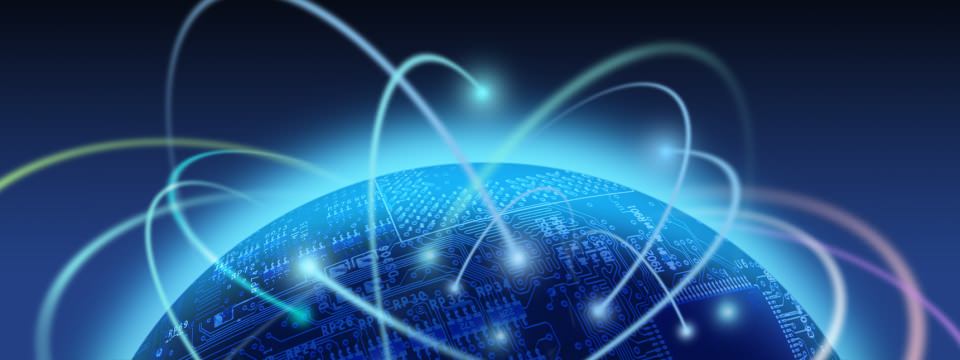
Every five years a panel of experts will assess the current state of AI and its future directions. Here’s how they think it will affect eight key domains of city life in the next fifteen years.

AI speech sounds very robotic. this vastly being improved by WaveNet, Deepmind’s new AI that can mimic human speech. It is not perfect, but is 50% better than current technologies. In fact, the thing is so smart it can create its own music.

The well known company is working hard to create an AI robot for use in the home, capable of not only assisting with daily tasks but also of building an emotional relationship with humans.

Google Brain is actually a real thing that exists inside Google's massive collection of data centers.
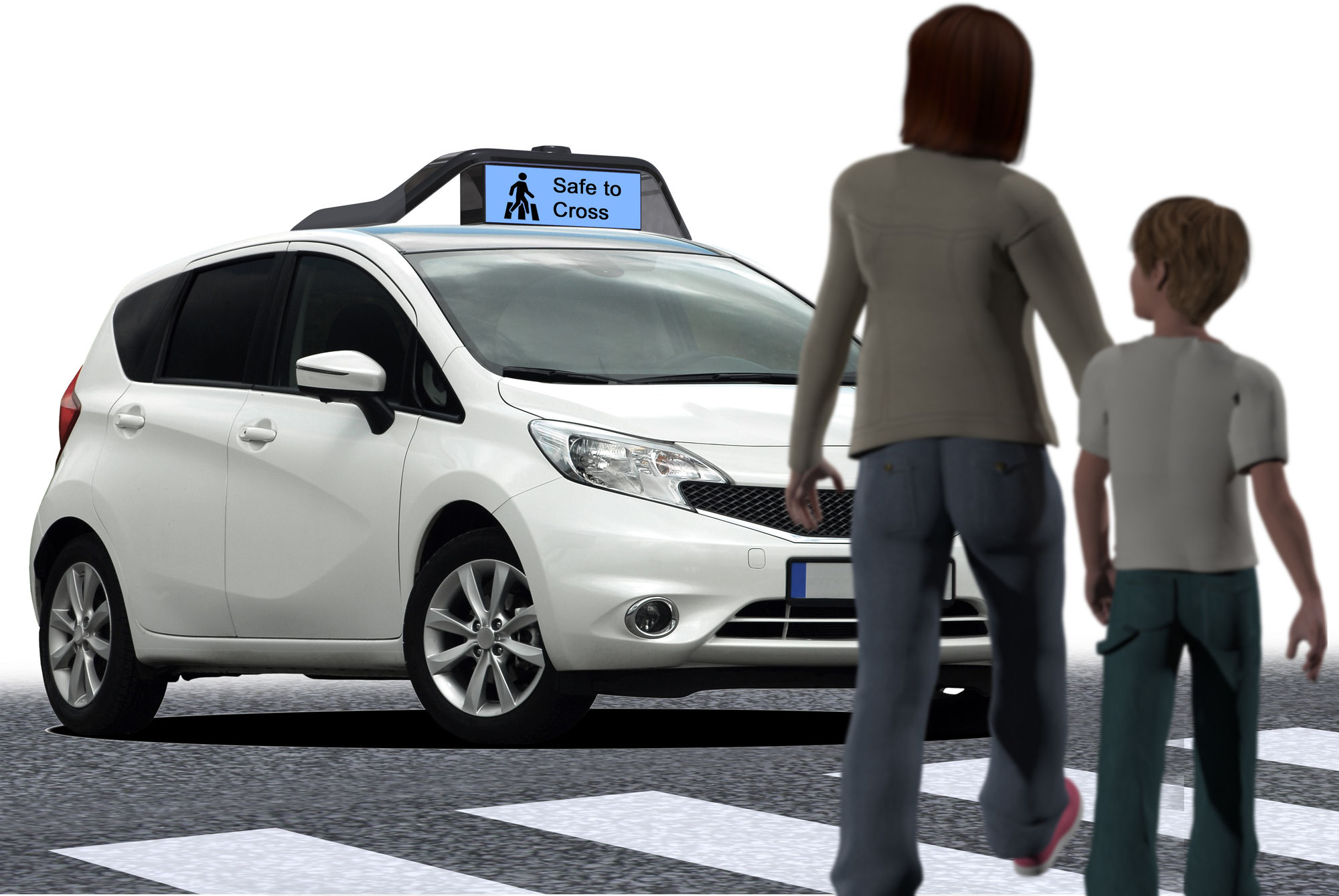
While self-driving cars they may be able to fairly easily communicate their traffic intentions, there is one thing that they have yet to be able to do: communicate with people. This is the problem that a new self-driving car startup strives to solve.

Technological shifts outpace our awareness of them. While we're busy with our day-to-day lives—getting a new smartphone or downloading the next updates—we often don't notice how these incremental changes shape our relationship with technology.

The five-year research project will draw on one million anonymous eye scans which are held on Moorfields’ patient database, with the aim to speed up the complex and time-consuming process of analysing eye scans.
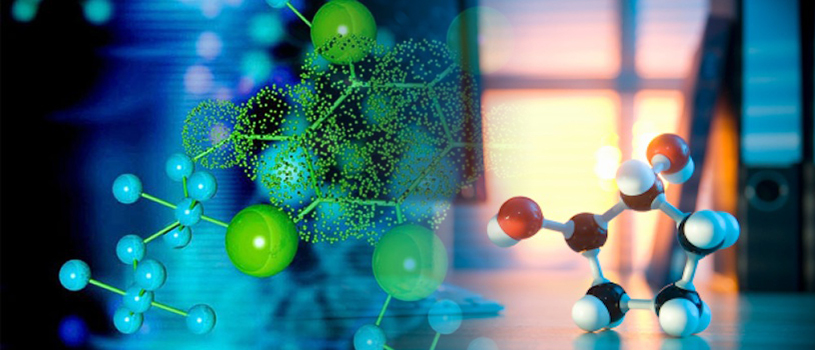
Human intelligence is being defined and measured for the first time ever. The more variable a brain is, and the more its different parts frequently connect with each other, the higher a person's IQ and creativity are.

A microchip containing 1,000 independent programmable processors has been designed. The energy-efficient "KiloCore" chip has a maximum computation rate of 1.78 trillion instructions per second and contains 621 million transistors.

Google have released their latest monthly report on the antics of their self-driving car, and it appears to include a rather curious note on appropriate honking.

A soft actuator using electrically controllable membranes could pave the way for machines that are no danger to humans.
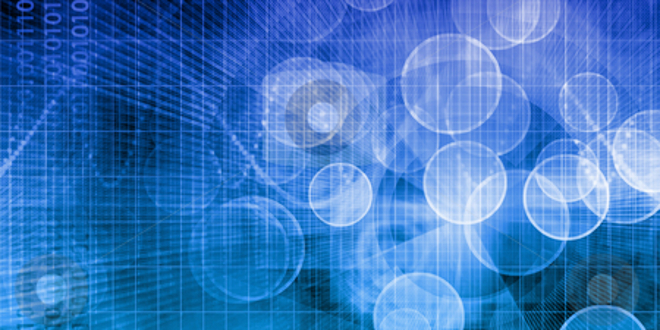
Defer Radical Self-Modification, Says Historian, to Avoid Destabilizing Civilization.
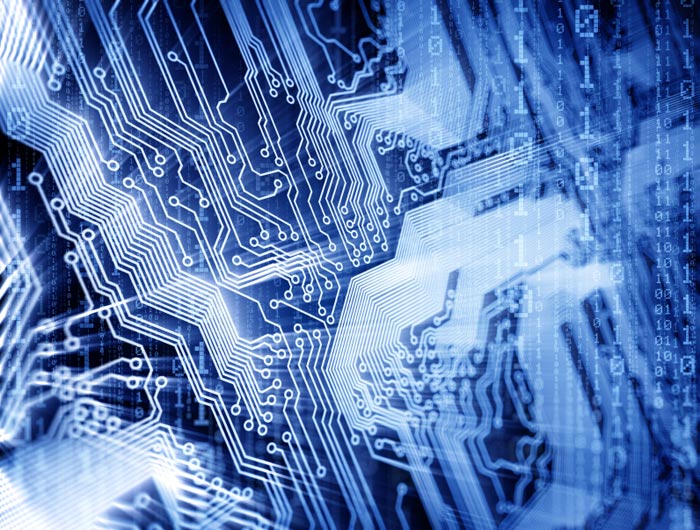
Robots build cars, clean carpets, and answer phones, but would you trust one to decide how you should be treated in a rest home or a hospital?
Robot. It’s the latest humanoid robot from Hanson Robotics. Love it or hate it their coming.